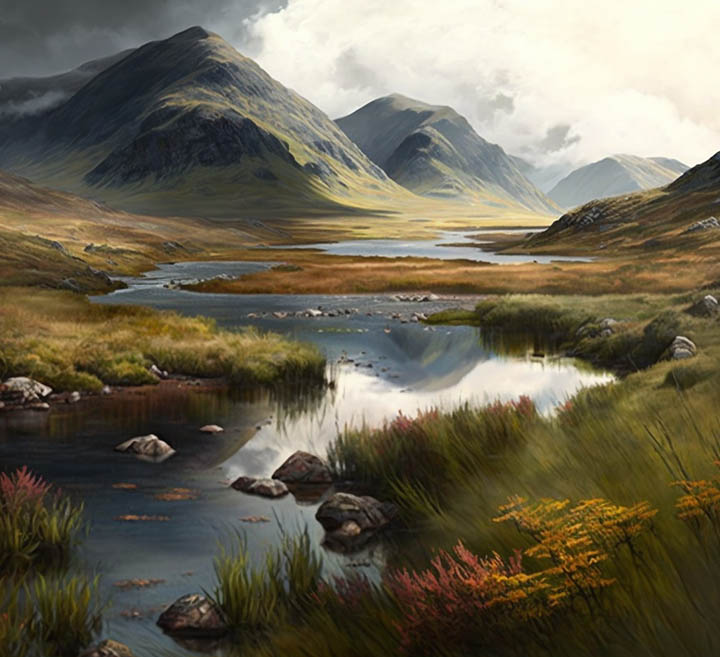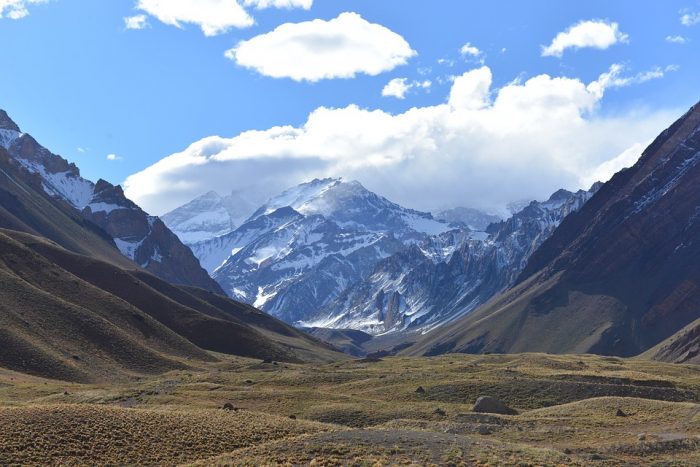A highlands climate is typically found in mountainous regions, characterized by cooler temperatures and greater precipitation than surrounding lowland areas. It is influenced by factors such as elevation, topography, and atmospheric circulation. As altitude increases, temperature generally decreases, leading to cooler conditions in mountainous areas. In addition, mountains can cause air masses to rise, leading to increased precipitation, which can result in a wetter climate compared to surrounding lowland areas.
Temperature variations
The temperature in the highlands biome varies considerably with altitude. In general, the higher the altitude, the lower the temperature. In some cases, temperatures can drop by as much as 5.4 degrees Fahrenheit for every 1,000 feet increase in elevation.
Precipitation
The highlands biome experiences significant precipitation due to its location and altitude. The prevailing winds carry moisture from lower elevations, causing clouds to form and precipitation to fall. The amount of precipitation in the highlands biome can vary depending on the location, with some areas receiving up to 400 inches of rain per year.
Snowfall
Due to the low temperatures in the highlands biome, snow is common at higher elevations. Snow can persist year-round in the highest elevations, and in some areas, glaciers are present.

Microclimates
The highlands biome is characterized by diverse microclimates due to the variation in altitude, aspect, and topography. For example, the north-facing slopes tend to be cooler and wetter than the south-facing slopes, which are warmer and drier.
Altitude sickness
The high altitude in the highlands biome can cause altitude sickness, also known as acute mountain sickness. Symptoms can include headache, fatigue, nausea, and shortness of breath. It is essential to acclimate gradually to high altitudes to avoid altitude sickness.
Vegetation zones
The highlands biome has distinct vegetation zones that vary with altitude. These zones include the tree line, subalpine, and alpine zones. Each zone is characterized by specific plant communities adapted to unique climatic conditions.
Wind
Strong winds are common in the highlands biome due to its location and topography. The mountains and ridges funnel and accelerate the wind, causing it to be stronger than at lower elevations.

Weather patterns
Weather patterns in the highlands biome can change rapidly and are often unpredictable. The combination of altitude, aspect, and topography can create microclimates that influence weather patterns, making forecasting challenging.
Climate change
The highlands biome is vulnerable to the effects of climate change. Warming temperatures can cause glaciers to retreat, impacting water resources and habitats. Changes in precipitation patterns can also affect vegetation zones and the species that rely on them.
Unique ecosystems
The highlands biome is home to unique ecosystems found nowhere else on Earth. These ecosystems are adapted to the harsh climate and provide habitat for many rare and endangered species. The highlands biome is a unique and diverse region with its own climate characteristics. Understanding them is essential to protect this vulnerable and vital ecosystem.


